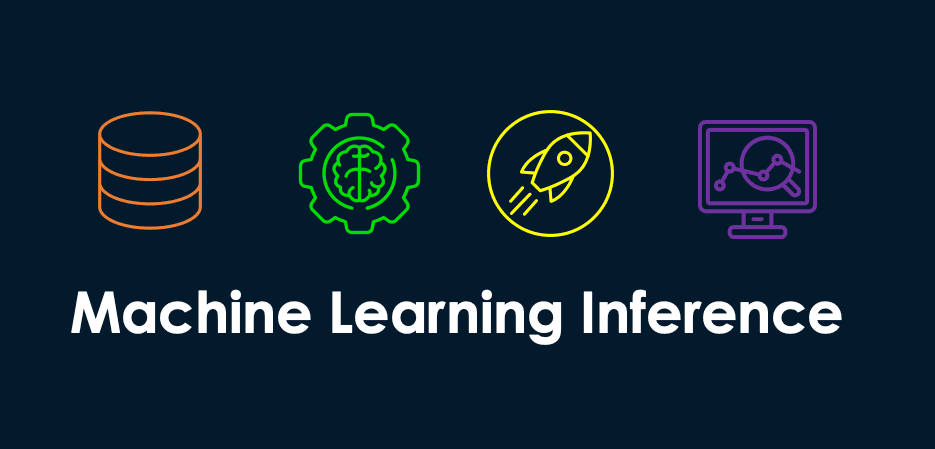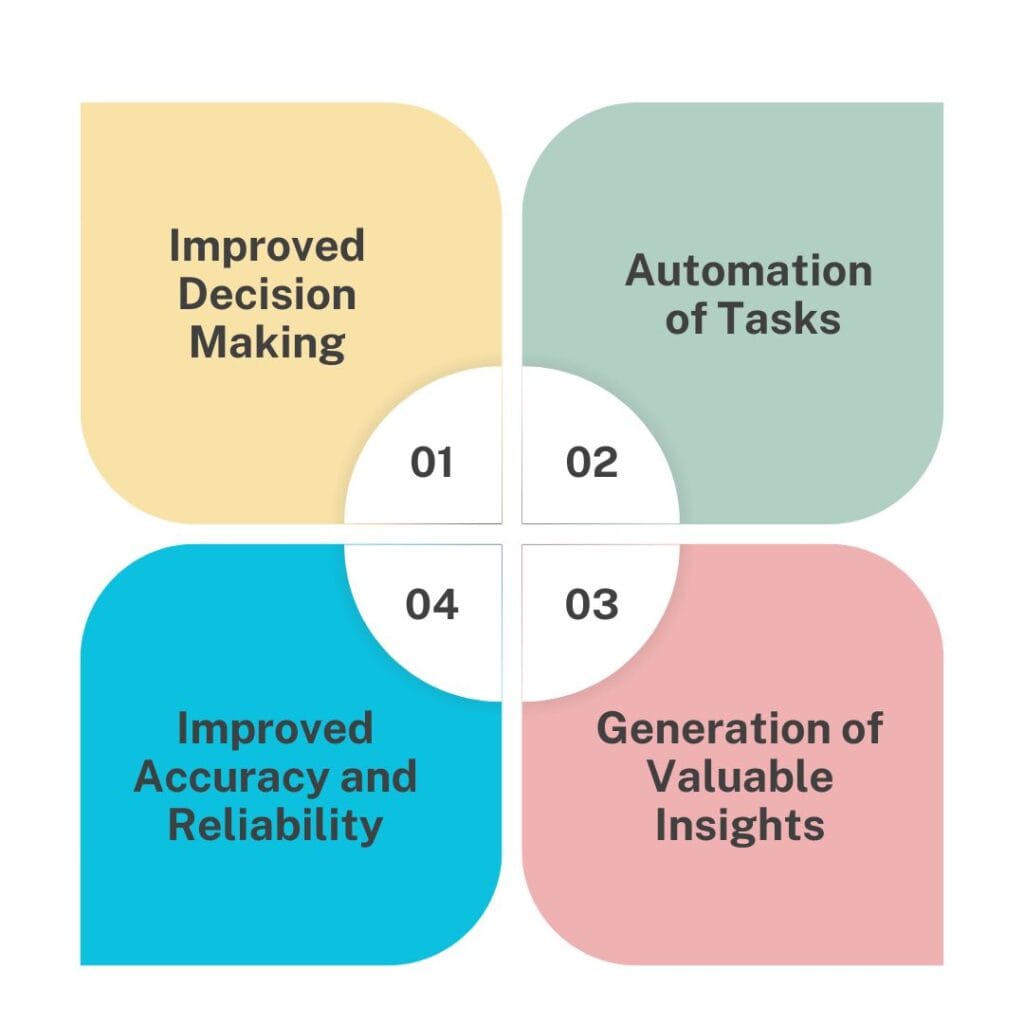In the modern world of technology, machine learning has become increasingly important. But what is machine learning inference, and how does it work? In this blog post, we’ll explore the answers to these questions.
Machine learning inference is the process of using a trained machine learning model to make predictions or decisions on new, unseen data. It’s the application of a machine learning model to solve real-world problems.
By the end of this article, you’ll have a better understanding of machine learning inference and its practical applications. Let’s dive in!
Table of Contents
- What is Machine Learning Inference?
- How Does Machine Learning Inference Work?
- Benefits of Machine Learning Inference
- Conclusion
What is Machine Learning Inference?

Machine learning inference is the process of using a trained machine learning model to make predictions or decisions on new, unknown data. In simpler terms, it’s the application of a machine learning model to solve real-world problems.
During the machine learning process, a model is trained on a large dataset. This training phase allows the model to learn patterns and extract insights from the data.
Once the model is trained, it can be used to make predictions or classifications on new, unseen data. This is the inference stage, where the trained model is put into action.
The inference stage takes new input data, analyzes it, and generates an output, such as a prediction, classification, or recommendation. This output can then be used to support decision-making or automate tasks.
Machine learning inference is a crucial step in turning machine learning research into practical, real-world applications. It’s what allows machine learning models to have a meaningful impact on our lives.
How Does Machine Learning Inference Work?

The machine learning inference process involves a few key steps:
Input Data
The trained machine learning model takes new, unknown data as its input.
Model Analysis
The model analyzes this input data using the patterns and insights it learned during the training phase.
Output Generation
Based on its analysis, the model generates an output. This output could be a prediction, a classification, or some other type of decision or recommendation.
For example, in image classification, the model would output a prediction of what the image depicts.
The key to successful inference is the quality of the trained model. The more high-quality data the model was trained on, and the more robust the training process, the more accurate and reliable the model’s inferences will be.
Inference happens quickly, often in real time. The trained model can rapidly analyze new input data and generate outputs without requiring the time-intensive training process.
This ability to quickly apply a trained model to new situations is what makes machine learning inference so powerful and useful in practical applications. It turns machine-learning research into tangible solutions.
Benefits of Machine Learning Inference

Here are the benefits of machine learning inference:
Improved Decision-Making
One of the primary benefits of machine learning inference is its ability to improve decision-making. By analyzing data and generating insights, machine learning models can help humans make more informed, data-driven decisions. This can lead to better outcomes in a wide range of applications, from business strategy to medical diagnostics.
Automation of Tasks
Machine learning inference can also be used to automate repetitive or tedious tasks. Once a model is trained, it can quickly apply its learned knowledge to new situations, allowing for the automation of processes that would otherwise require manual human effort. This can save time, reduce errors, and increase efficiency.
Generation of Valuable Insights
The inference process allows machine learning models to uncover hidden patterns and generate insights that would be difficult for humans to detect on their own.
By analyzing large, complex datasets, these models can surface valuable information that can inform decision-making, drive innovation, and lead to new discoveries.
Improved Accuracy and Reliability
One of the key benefits of machine learning inference is its potential for improved accuracy and reliability compared to traditional methods.
By leveraging the power of machine learning inference, organizations and individuals can unlock a wide range of benefits that can improve outcomes, increase efficiency, and drive innovation. As the field of machine learning continues to evolve, the applications and advantages of inference will only continue to grow.
Conclusion
In conclusion, machine learning inference is a powerful tool that has the potential to transform a wide range of industries and applications. By taking trained machine learning models and applying them to new, real-world data, inference can improve decision-making, automate tasks, and generate valuable insights.
As technology continues to advance, the benefits of machine learning inference will only become more pronounced, making it an increasingly essential part of the modern technological landscape.
By understanding the basics of how inference works, readers can better appreciate its significance and explore ways to leverage its capabilities in their own endeavors.


4 thoughts on “What is Machine Learning Inference & How Does It Works?”